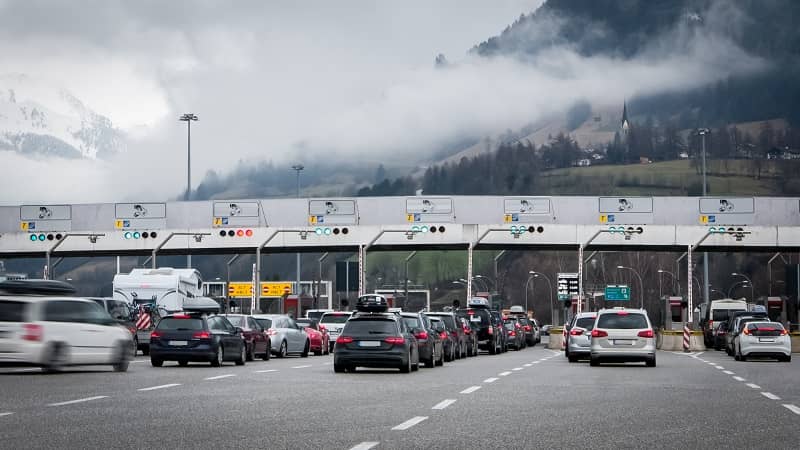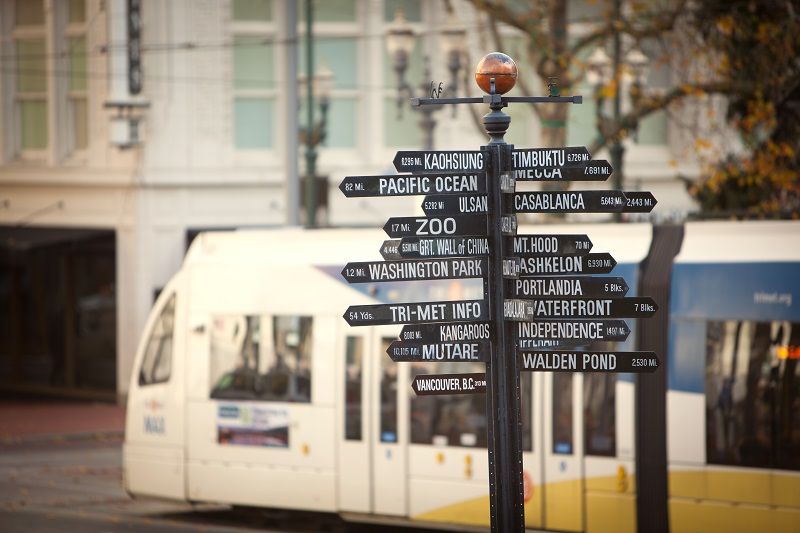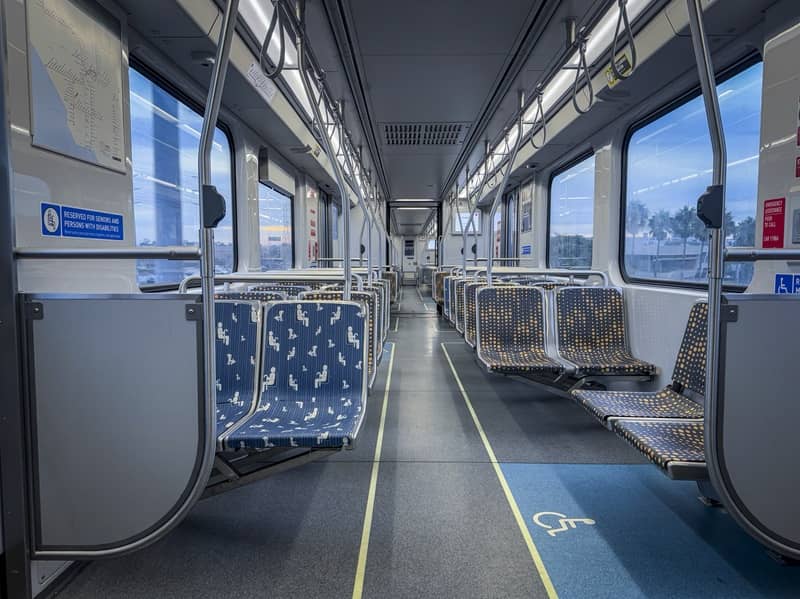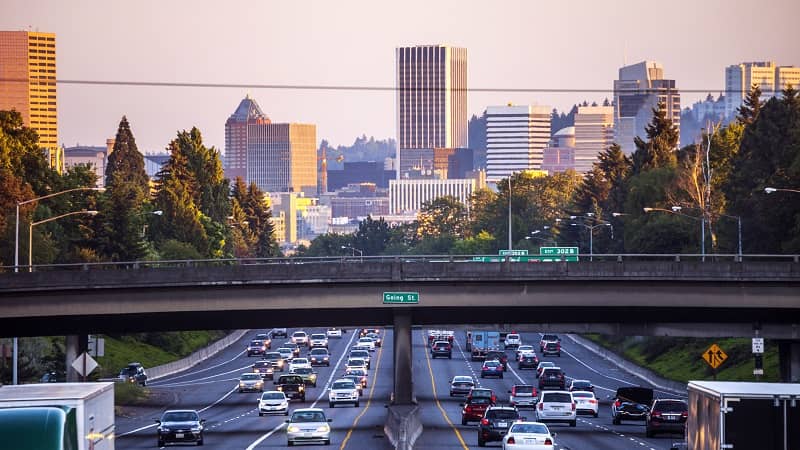By Miranda Bonifield
TriMet’s ridership has been steadily declining in recent years, to the great concern of transit advocates and fiscally conscious citizens alike. Proposed solutions involve sending expensive new bus and rail lines to underserved locations. But what if TriMet could reach new customers at a fraction of that cost?
Cascade Policy Institute recently released a study by economist Dr. Eric Fruits which found one or more high-cost and low-ridership bus lines could be replaced by facilitating the use of ride-hailing services in partnership with transit. Riders within particular areas could call an Uber or Lyft, ride to the bus, and then take public transit the rest of the way—a much more efficient and comfortable method than walking or biking through the rain. It could cost 55% less than expensive proposed bus lines—saving TriMet money—and slightly less than current bus and Max fares—saving customers money.
This isn’t a new idea; transit companies across the country have taken advantage of ride-hailing services’ ability to complement public transit. Studies have found a small but significant increase in transit ridership in cities with large transit systems which chose to partner with ride-hailing services. TriMet should pursue this low-risk, high-benefit option with a one-year pilot project beneficial to taxpayers, riders, and TriMet alike.
Miranda Bonifield is Research Associate at Cascade Policy Institute, Oregon’s free market public policy research organization.
Click here for PDF version:
1-9-19-Ride-Hailing_Could_Give_an_Uber-Needed_Lyft_to_TriMet_ServicePDF













How Ride Hailing Services Can Complement Bus and Rail—and Save TriMet Money – Cascade Policy Institute - American Digest
[…] as Lyft and Uber as an opportunity rather than a threat. Toward that end, Cascade Policy Institute recommends TriMet pursue a pilot project that replaces one or more of its high-cost bus lines with ride […]